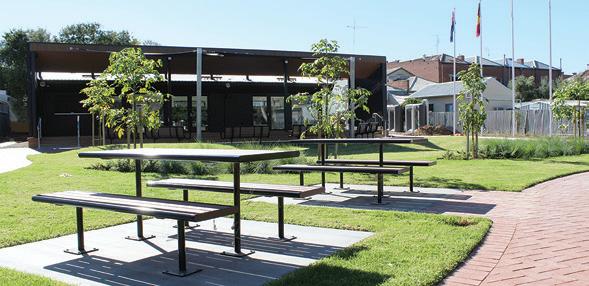
2 minute read
Explore Heritage Attractions to Explore
Heritage Buildings And Streetscape
Dimboola has a number of heritage red brick buildings, none more so outstanding than the present Library (formerly the Mechanics Institute and Dimboola Shire Office) in Lloyd Street that was built in 1877.
Advertisement
Early History
Dimboola was originally known as ‘Nine Creeks’, where the Wimmera River breaks into nine distinct watercourses. European settlement began when Matthew Ternan established a rough wine shanty to quench the thirst of the bullockies while watering and resting their teams prior to negotiating the numerous river and creek crossings. The bullockies were either carting provisions or transporting wool for the squatters who had begun taking up pastoral land in the region. In 1845 when William Patterson established the local ‘Upper Regions’ run.
Dimboola & District Cemeteries
Dimboola has one of the best-presented cemeteries in the state. The first burials recorded in 1869 were of a mother and daughter, Mary Anne and Jemima Clements. Many of the district’s early pioneers lie at rest under magnificent headstones. There is a significant German heritage throughout Dimboola and district and local cemeteries worth visiting include Katyil, Lochiel, Antwerp and Upper Regions.
Gateway Arch to the Little Desert
The gateway arch is a colourful and interpretive entrance that welcomes visitors to the wonderland of the Little Desert National Park. The international signpost located in front of the Post Office and adjacent to the arch provides a very popular photographic opportunity for visitors to Dimboola.
Dimboola Print Museum
The fascinating Dimboola Print Museum commemorates the pioneering work of the early printers and newspapermen in the district. The museum houses 100-year-old printing machines, furniture and type artefacts all in working order.
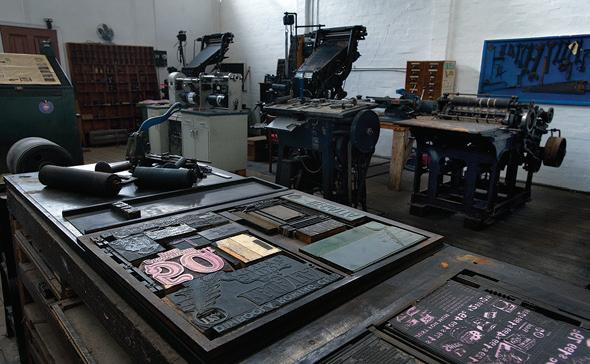
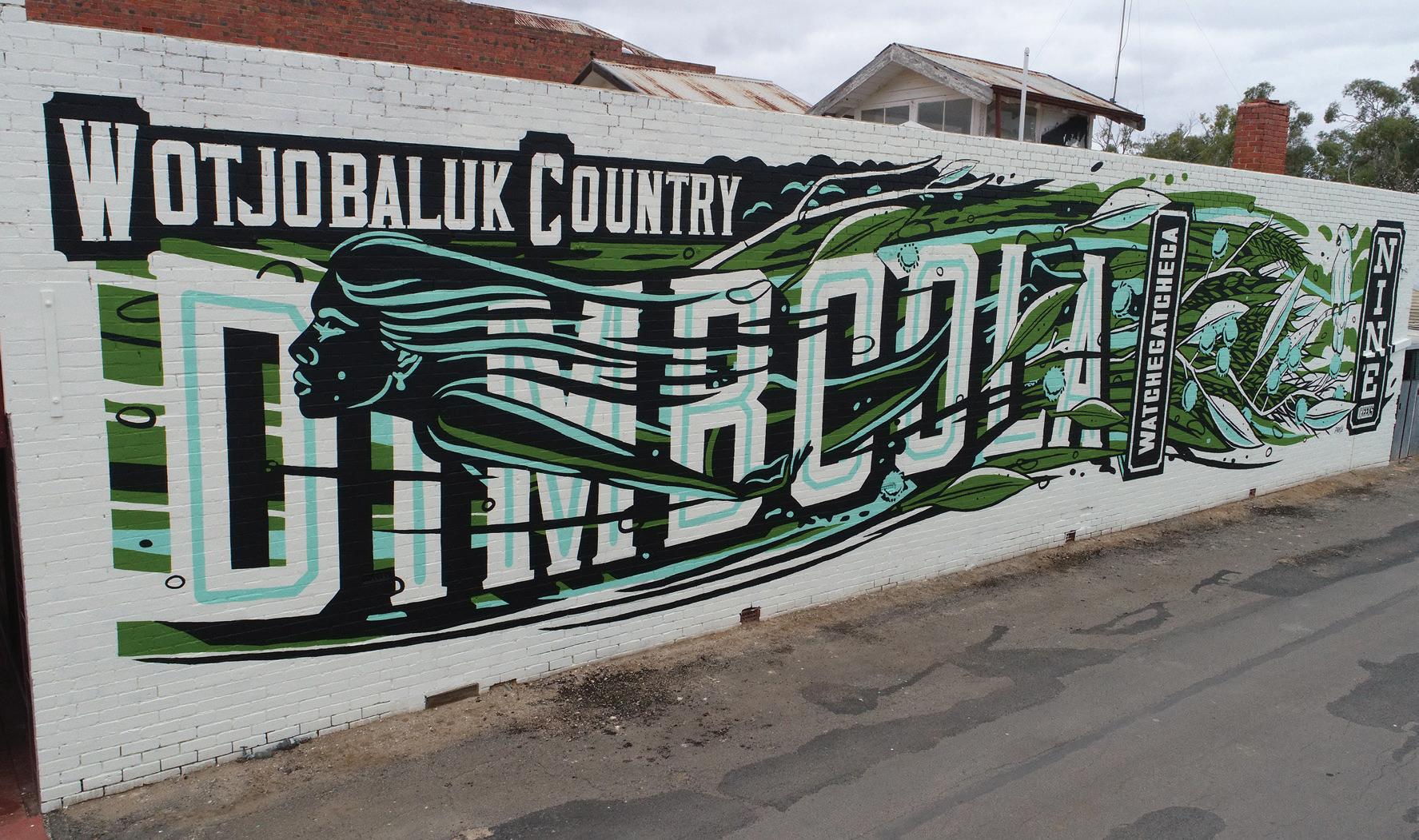
Dimboola Railway Precinct
The railway arrived in Dimboola in 1882, with the station buildings being completed the following year. The railways have been an integral part of the town’s development. The precinct boasts the only operational manual turntable between Melbourne and Adelaide and features two pedestrian bridges; one a step bridge, the other a ramp bridge.
Information boards telling the history of the precinct can be found on the Dimboola Station’s platform. Dimboola continues to be the major railhead between Melbourne and Adelaide where crews interchange and rest. In excess of seventy engine drivers are currently based in Dimboola.
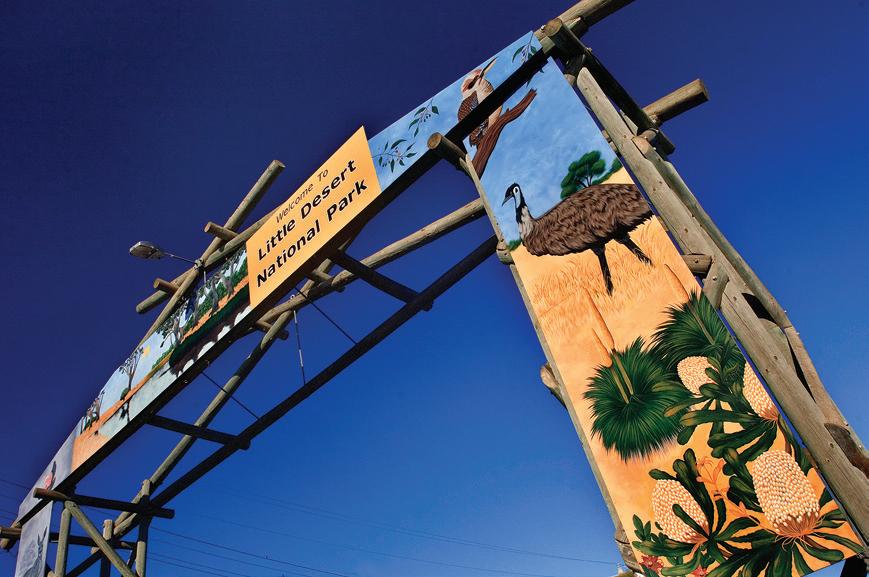
Steam Locomotive J539
On display in Dimboola Bicentennial Park, the Steam Locomotive J539 was an oil burning locomotive built in Lancashire England in 1954 and was purchased by the Dimboola Branch of the Victorian Railways Institute (V.R.I.) with the help and support of the Dimboola community. The purchase, relocation and preservation of J539 was undertaken in order to commemorate the pivotal role the railways have had in the development of Dimboola.
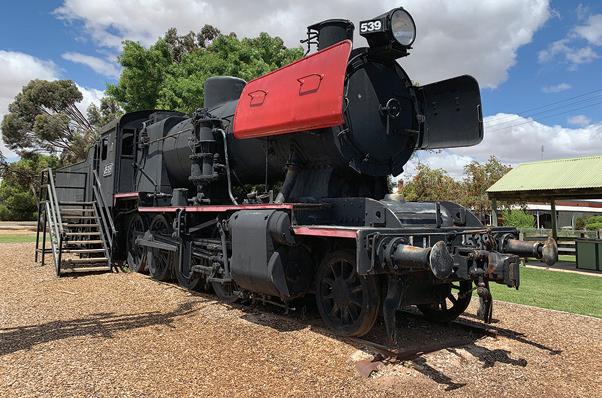
Dimboola Library & Community Civic Hub
The Dimboola Library and Community Civic Hub offers locals and visitors a relaxing setting for a picnic lunch or perhaps just a quiet space to unwind. Situated in the centre of Dimboola’s shopping precinct behind the historic old Shire Hall, the hub offers beautifully landscaped garden and lawn areas with plenty of seating and picnic tables, along with public toilets. The Dimboola Library and Community Civic Hub overlooks the Nine Creeks area and is the perfect starting point to explore the local walking trails, or link to the Wimmera River Discovery Trail extended cycling and walking trail (currently under development).
